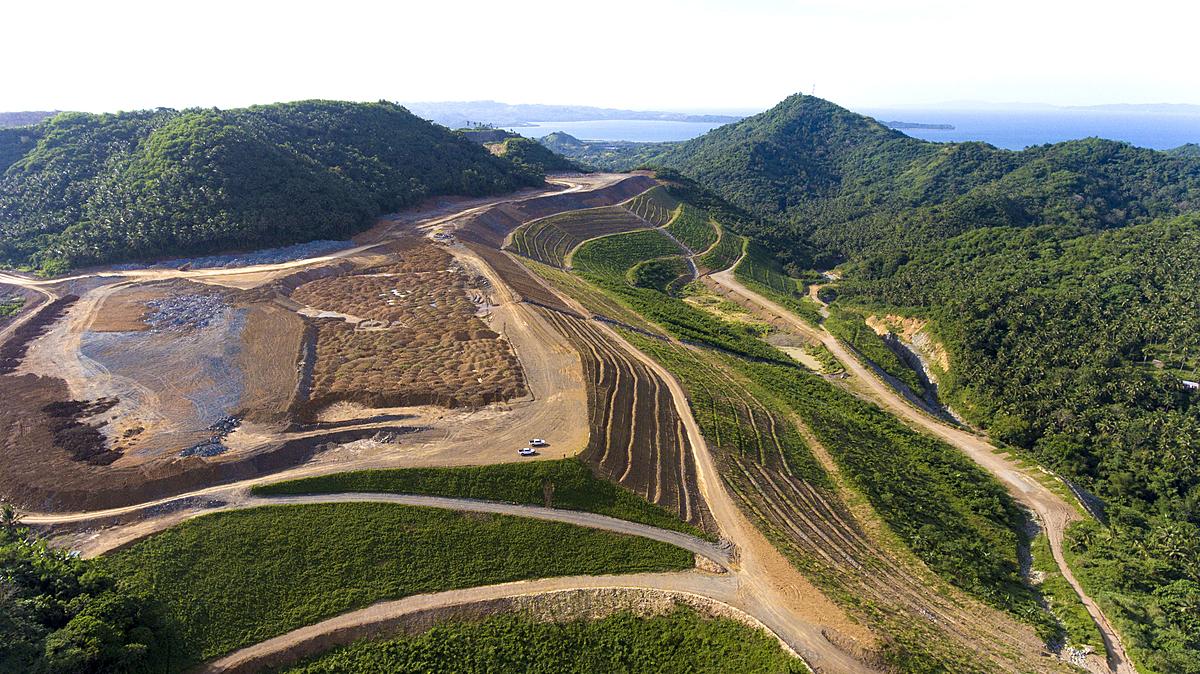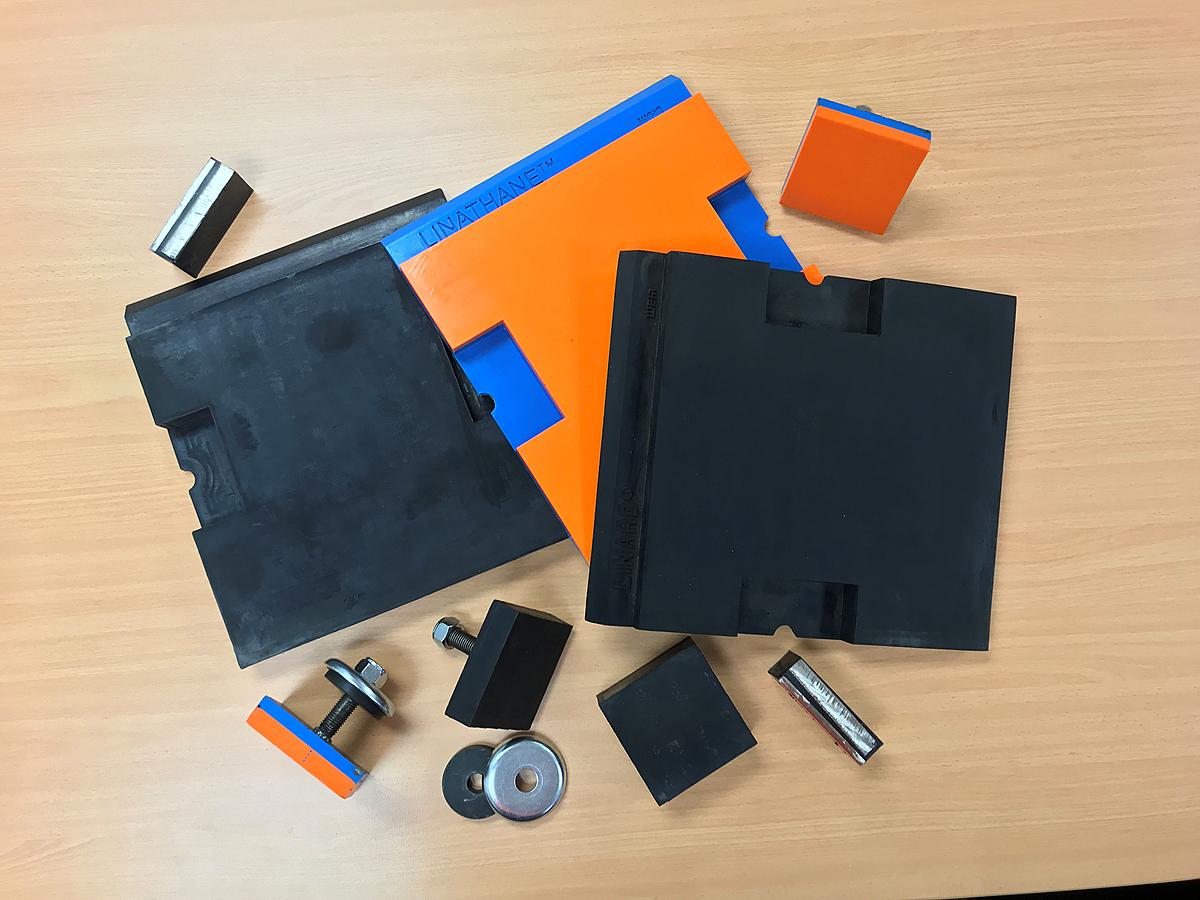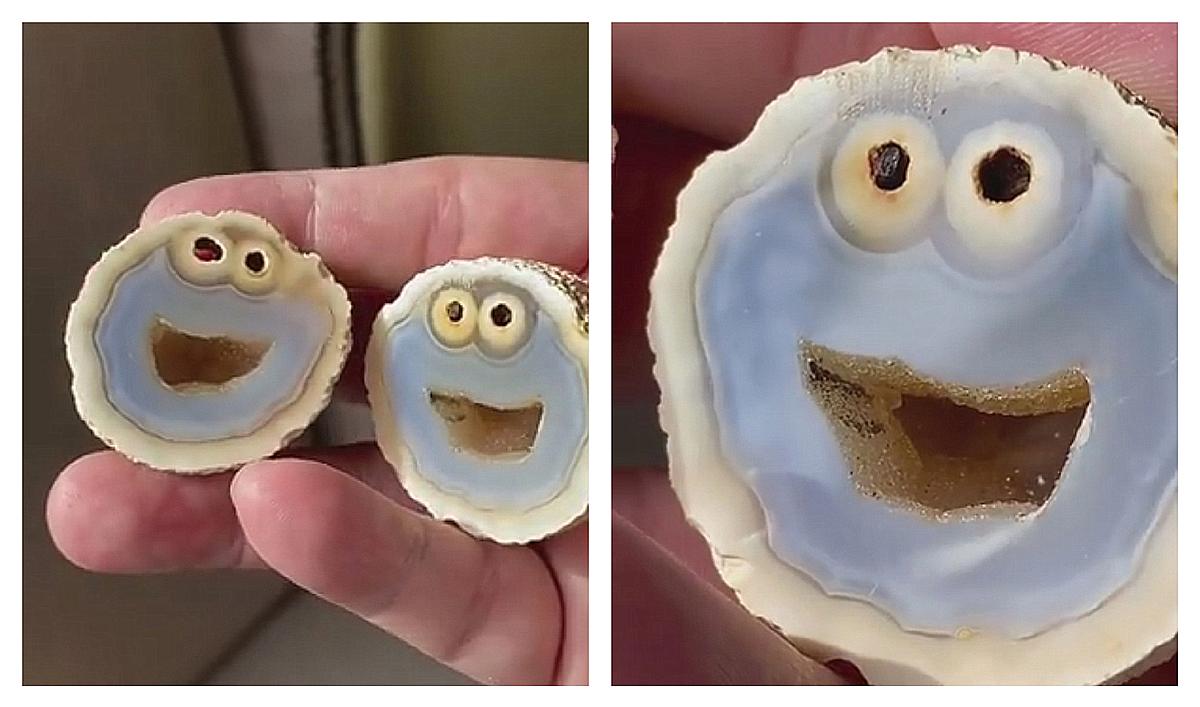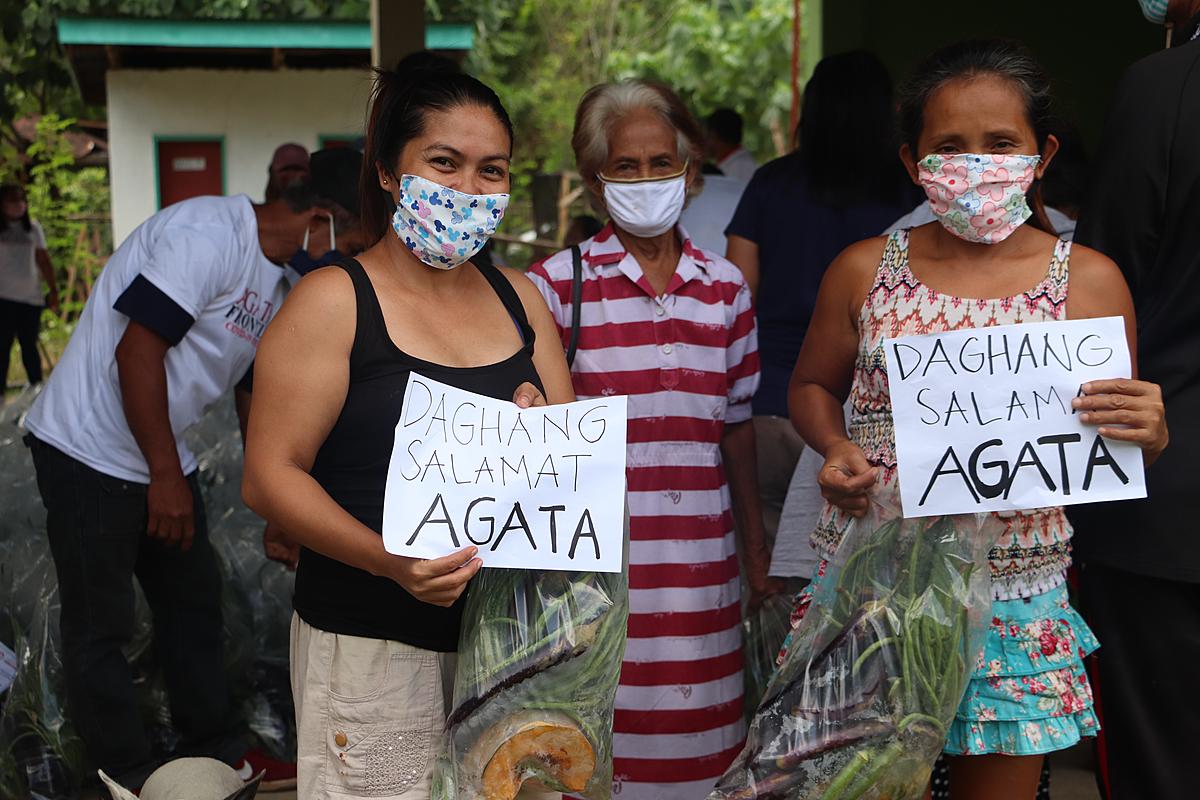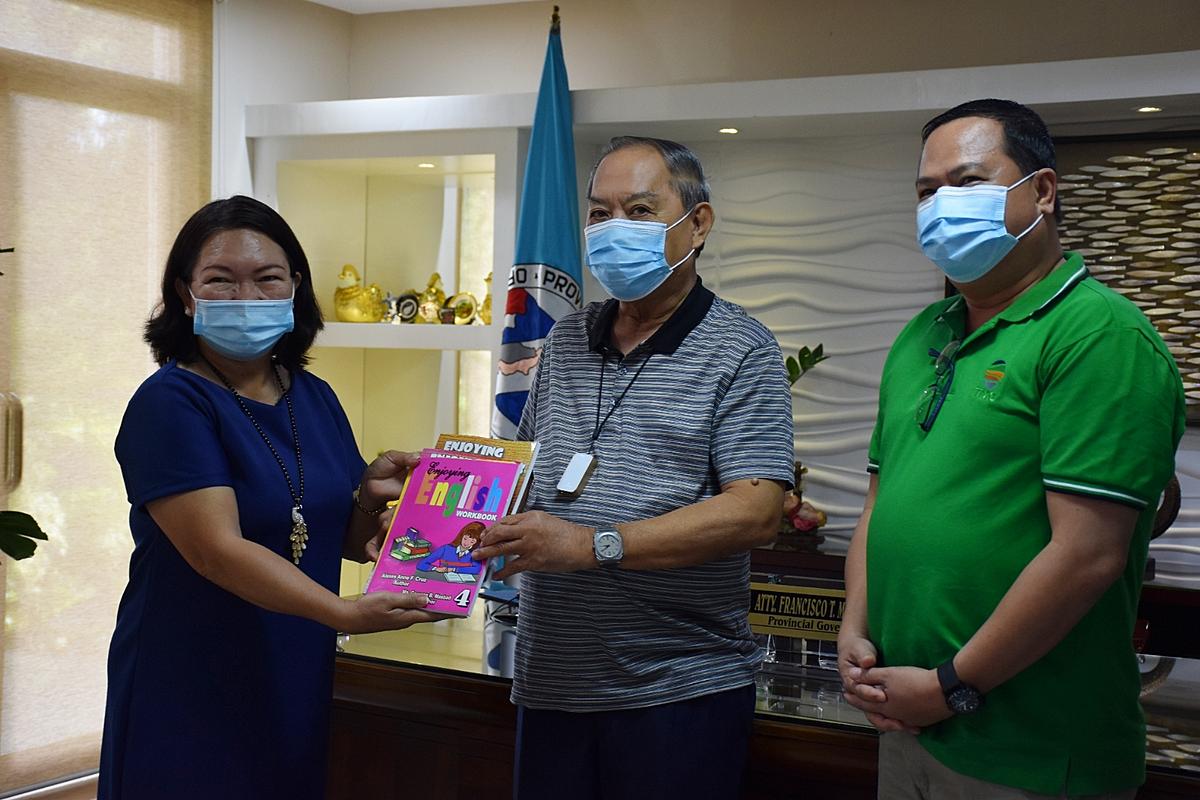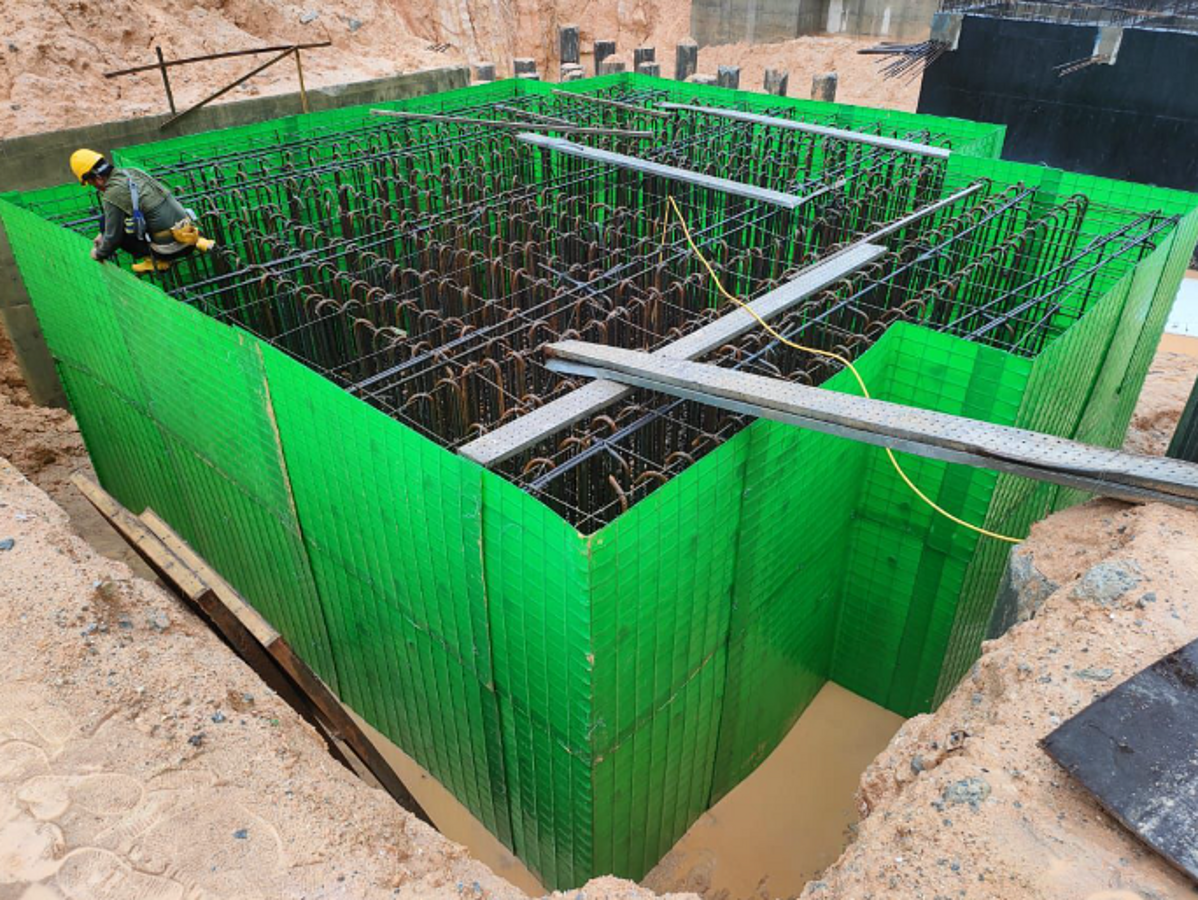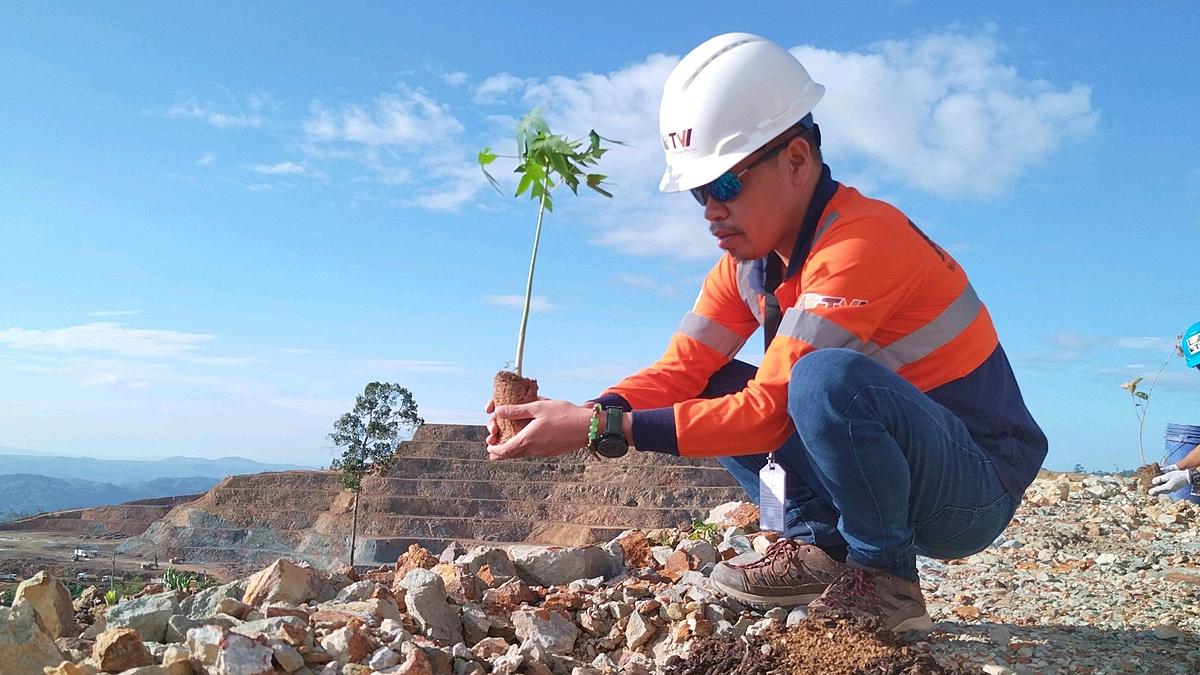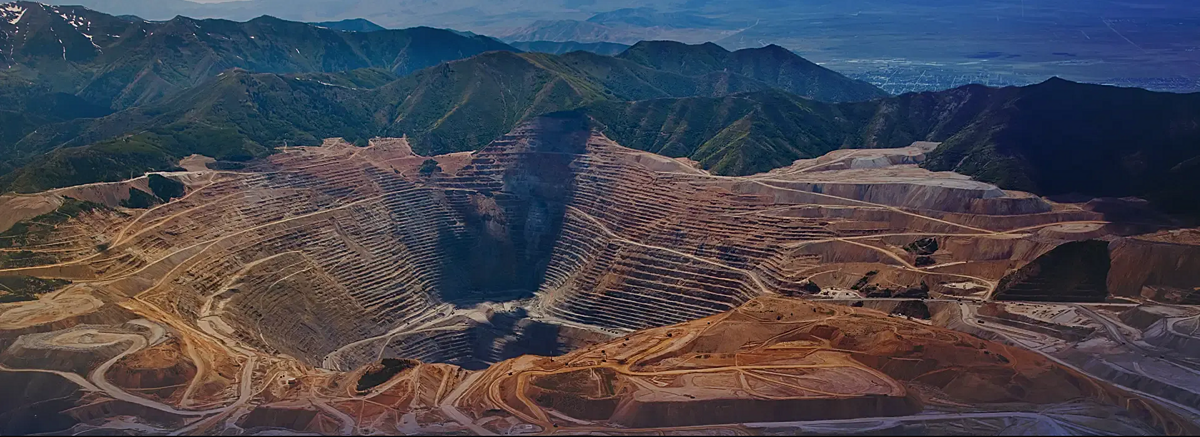By Marcelle P. Villegas
Filminera Resources Corp. is a company involved in mining and quarrying of gold, silver, nickel, copper and chromite. Masbate Gold Mine was acquired in an acquisition in January 2013. It was in April 2010 when exploration drilling began. The mine site is located in Aroroy, Masbate (Region V) which is around 350km south of Manila. The mine site is a brownfield, an open-pit mine, and is a major gold producer in the Philippines. [1]
Gold processing in a mine site could result into environmental issues if not managed properly. In the case of Masbate Gold Project, how do they manage the Acid Rock Discharge from the site?
During the MinECon 2018 in Surigao City last June and the PMEA Monthly Membership Meeting last September, Engr. Elvira Pelleja- Acleta, Senior Mine Engineer of Filminera Resources Corp. presented the topic “Acid Rock Drainage Management at Masbate Gold Project”. Her technical presentation addressed various issues like environmental protection and rehabilitation in their gold mine project.
“Acid Rock Drainage or ARD is the discharge of acidic water from the mine. It may come from the active pit or from dumps and stockpiles as a result of oxidation of sulphide minerals, predominantly Pyrite (FeS2).” [2]
The chemical equation goes:
Pyrite + Oxygen + Water = Iron hydroxide + Sulphuric acid FeS2 + O2 + H2O = Fe(OH)3 + H2SO4 (exothermic)
This processing stage produces acid, salinity (in the form of sulphate, calcium, magnesium mainly), dissolved metals (iron, aluminum, and can also contain elements such as As, Cd, Cu, Mn, Pb, Se, Zn etc. and other trace metals based on mineralogy). The contact water can be acid or metallifeorus. It may also be neutral, alkaline and saline, depending on the balance of oxidation or neutralisation reactions. Carbonate minerals and silicates act as buffer for the acidity, thus maintaining elevated pH and low metal concentrations.
Why is ARD a potential environmental hazard? According to her report, ARD is one of the key issues of the Mining Industry due to its potential for water contamination, possible damage to flora and fauna, and human health hazards when it contaminates drinking water, food crops and fish stocks. Additionally, ARD can increase soil erosion and dump stability issues, increase cost for closure, long-term liability and possible negative company reputation.
The good news is, for the record, in prior years, they avoided mining potential acidic areas. In 2015, they have done preliminary studies with Environmental Geochemistry International (EGi). By 2016, more results came out and ARD awareness spread to the mining groups and other departments and contractors. Further studies were done in 2017 to determine criteria for segregation, instrumentation and monitoring commence cover design studies. This year, more site supporting, instrumentation, cover design completion and monitoring are executed.
The objective of Masbate Gold Project is to create a Management Plan for ARD that is science-based, financially viable, globally acceptable using international standards and practices, compliant to local regulations, and the approach is preventive rather than reactive.
In order to reach the objective, key programs are established and applied on the site namely:
- Geochemical Testing - for classifying Potential Acid Forming (PAF) and Non Acid Forming (NAF) Waste Rocks
- PAF/NAF Delineation and Modelling
- Integrate Segregation Criteria into Mine Planning and Operations
- Dump Cover Systems to ensure long term control of ARD
- Oxygen and Surface Water Quality Monitoring Programs to ensure detection of ARD effects
- Drilling campaign on existing Waste Rock Dumps
- Continuous collaboration with EGi provides specialized services in mine waste geochemistry and mine waste management
Geochemical Testing and Leaching provides a scientific approach in identifying Potential Acid Forming (PAF) versus Non-Acid Forming (NAF) waste rocks. It is important to identify PAF vs NAF because the results are used for the PAF/NAF modelling and blocking. These models are produced by Leapfrog Software. Using Geovia Surpac, a software specializing in geology and mine planning, PAF/NAF are blocked together with High Grade and Low Grade Ore to produce dig blocks. The software provides information for material scheduling and selective handling.
The next stage is integration into planning and operation where actual dig blocks are marked on the ground using flagging tapes. Ore spotter will now guide the Excavator and Truck Operators on material loaded and its destination. This prompts review of dumping strategy and monitoring.
Dump Cover Systems are used to control oxygen advection/diffusion and infiltration. The system must also have the capability to neutralise by encapsulation (NAF outside/PAF inside).
Following this is the rehabilitation of the final lift using with Compacted Barrier with Vegetation. Rehabilitation along the slopes minimizes erosion and water infiltration via evapotranspiration.
References:
[1] https://www.mining-technology.com/projects/cga-mining/
[2] Elvira Pelleja-Acleta, Genn Russell Abad. “Acid Rock Drainage Management at Masbate Gold Project”

